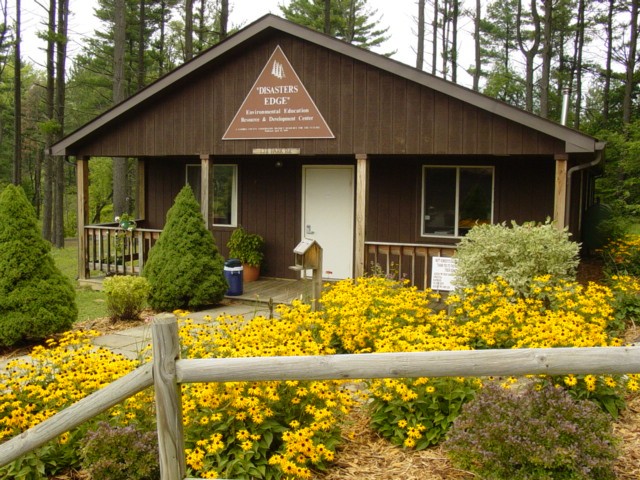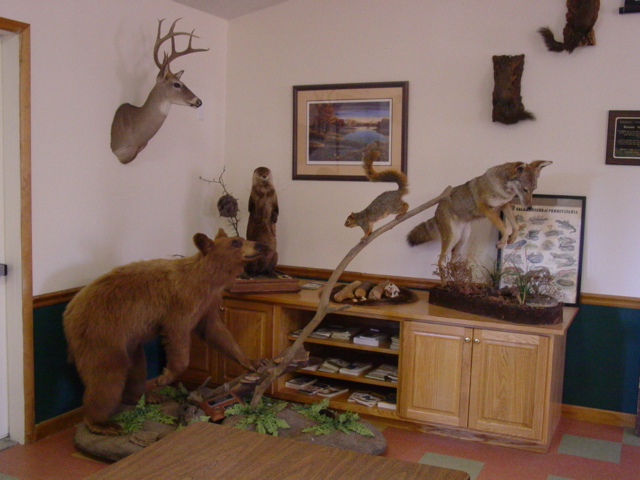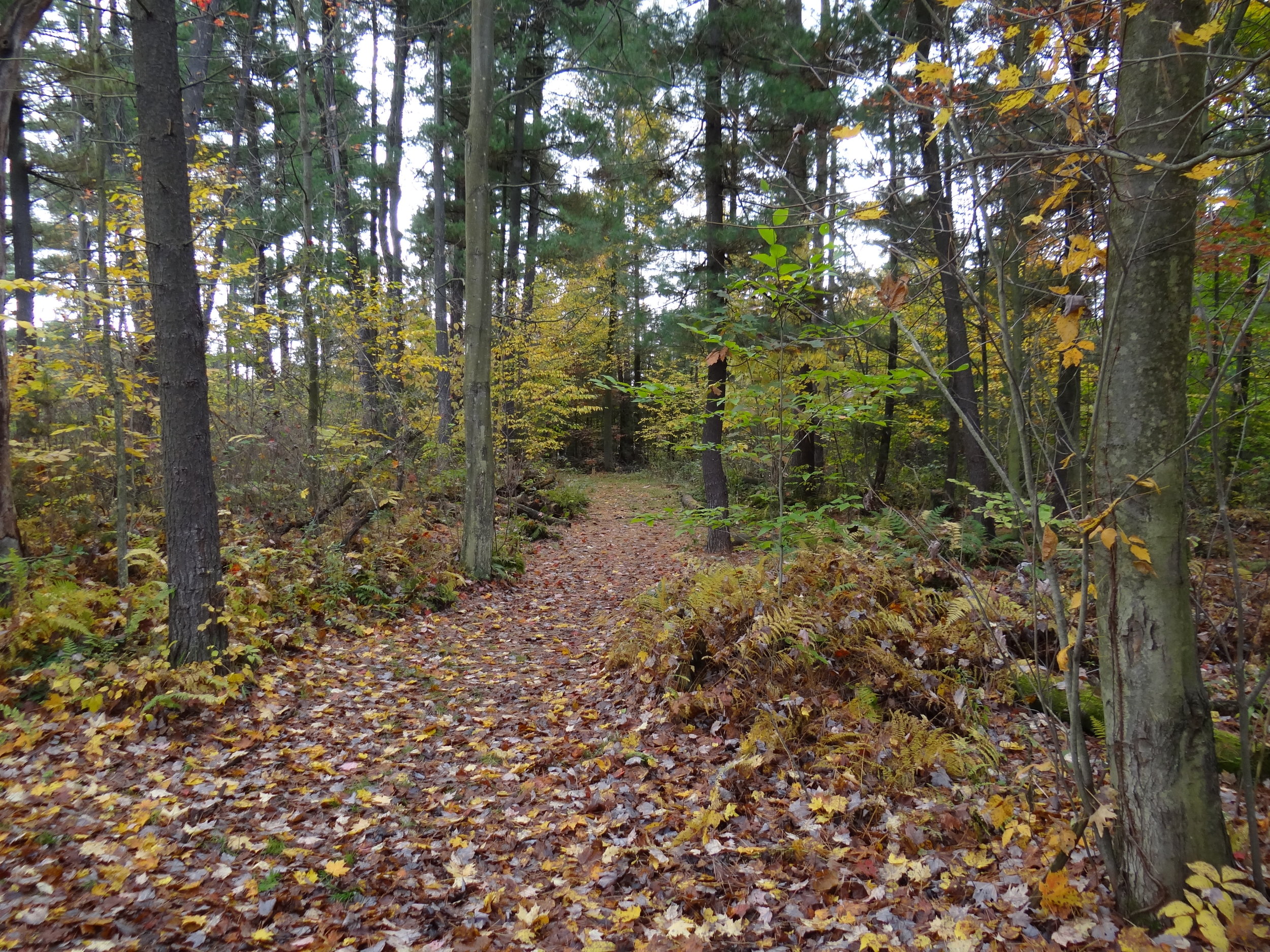disaster’s Edge
what is the ‘edge’?
Did you know the Cambria County Conservation District runs the county’s only environmental education center, known as Disaster’s Edge? The Disaster’s Edge Environmental Education Center was built and dedicated in the early months of 1995, in St. Michael, Pennsylvania within the 1889 Park. Since opening, thousands of Cambria County students have passed through the center for various educational programs, leaving with greater environmental knowledge. The District strives to offer environmental education to those of all ages, and is always working to increase the knowledge base through hands on learning at Disaster’s Edge.
Education programs hosted by the district are often held at Disaster’s Edge. Having the ability to teach students in a center like Disaster’s Edge, allows for a wider range of learning opportunities than would be possible in a typical classroom setting. Through the collaboration with county school districts, learning organizations, contributors, and the District, an entirely different learning experience can be experienced by students throughout the county.
Through the generous donations of the Ron Campbell family, several native Pennsylvanian species mounts are displayed in the learning center. Common animals mounts such as turkeys and ducks are present throughout the center. There are also some not-so-common animals, like the cinnamon phase black bear or mountain lion, mounted for students to see. Each one of these mounts allows students to get a closer look at some of the species that roam or once roamed the landscapes outside their window.
animals live there?!
From box turtles to blue tongue skinks, a variety of live animals call Disaster’s Edge home. Programs at the center frequently call for students to interact with the animals in order to learn more about their daily lives and the qualities that make them unique. The close up learning style featured at Disaster’s Edge is a favorite for students of all ages!
meet the animals of Disaster’s Edge:
Painted Turtle-
The most widespread native turtle of North America.
Food: Omnivores- Worms, insects, and aquatic plants
Size: Typically 6-8 inches in length
Habitat: Pond, water
NATIVE TO THE UNITED STATES
box turtle-
They have a high domed upper part of their shell and a hinged lower part of the shell which allows for almost complete closure of the shell
Food: Omnivores- Fruits, insects
Size: Typically 5-7 inches in length
Habitat: Land
NATIVE TO THE UNITED STATES
blue tongue skink-
They use their blue tongues to scare off predators
Food: Omnivores- Insects, flowers, fruits
Size: Up to 2 feet long
Habitat: Desert, grassland
NATIVE TO AUSTRALIA, NEW GUINEA AND INDONESIA
hissing cockroach-
They hiss when threatened by a predator
Food: Detritivores- decayed plants, smaller insect
Size: Typically 2-3 inches long
Habitat: Tropical climate
NATIVE TO MADIGASCAR
California king snake-
They are non venomous, and mostly immune to venom of other snakes
Food: Carnivores- small animals or birds
Habitat: Marshes, grasslands, deserts, forests, coastal areas
NATIVE TO WESTERN UNITED STATES AND NORTHERN MEXICO
hognose snake-
When threatened it spreads its jaw and neck out similar to a cobra
Food: Carnivore- small animals or birds
Habitat: Woodlands, fields, farmlands
NATIVE TO THE UNITED STATES











